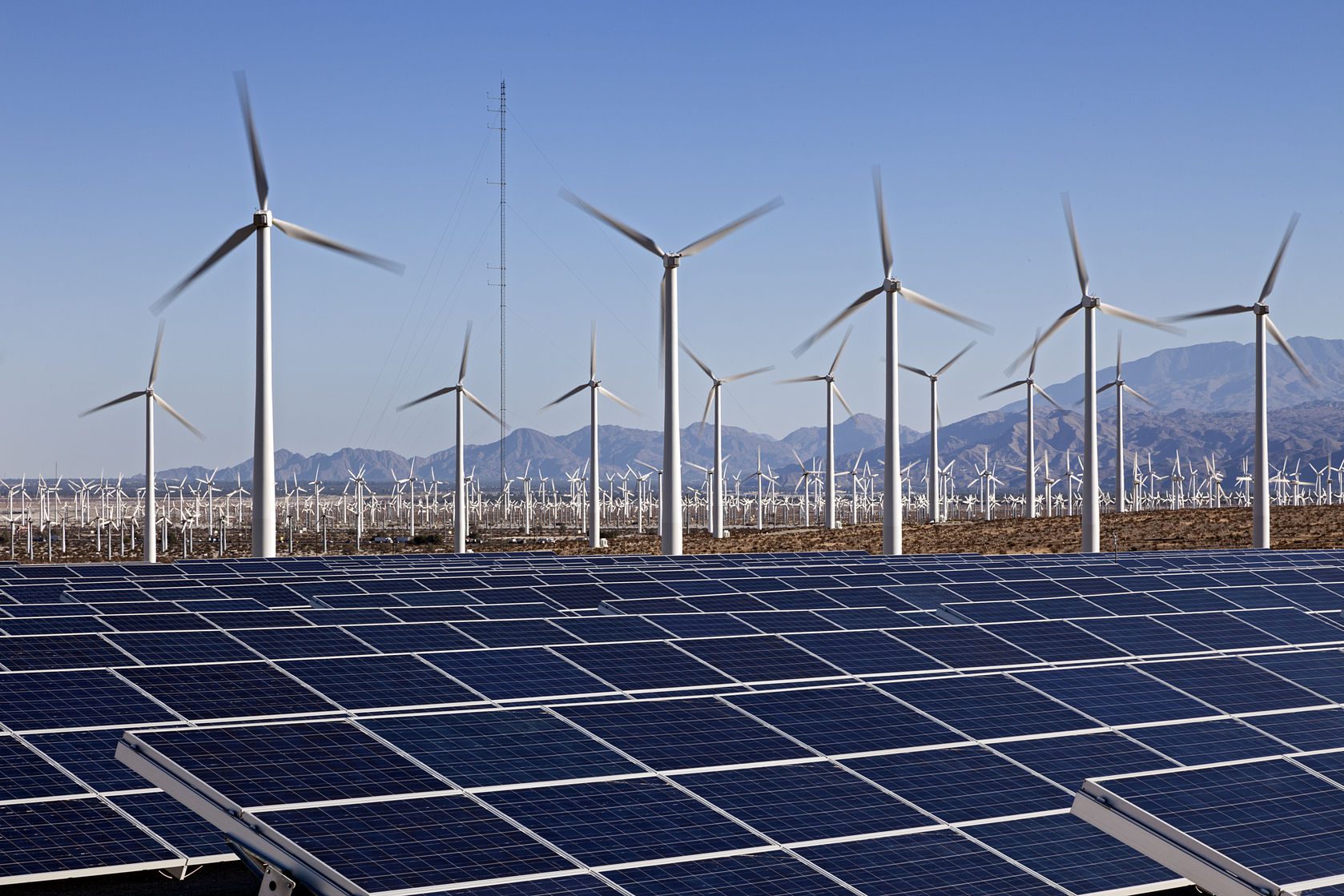
Africa Urged to Harness Green Energy Resources for Sustainable Industrialization and Trade

The Economic Commission for Africa (ECA), Acting Executive Secretary, Antonio Pedro, has emphasized the need for Africa to tap into its vast green energy resources and attract investment in order to drive sustainable industrialization and trade across the continent. Pedro made this statement during the 43rd Ordinary Session of the African Union Executive Council in Nairobi, Kenya.
Prioritizing Investments for Sustainable Development Goals (SDGs)
- Pedro highlighted the significant resources available in Africa that can power a green and sustainable industrialization, supporting the African Continental Free Trade Area (AfCFTA).
- He stressed the importance of enabling infrastructure, strong productive capabilities, expanding exports, and intra-African trade through the AfCFTA.
- Pedro emphasized the need for effective industrialization and trade policies to stimulate private sector investments.
Leading Investments for Sustainable Development
- Pedro urged African Multilateral Development Banks to take the lead in attracting investments to support sustainable industrialization and trade.
- He suggested that these investments could be complemented by funds from Special Purpose Vehicles, pensions funds, and the diaspora.
Unlocking Renewable Energy Potential
- Pedro highlighted the potential of harnessing the full capacity of the Congo River through projects like Inga III and IV, which could generate 70000 MW of renewable energy.
- He emphasized that this development would not only be a game changer for infrastructure development but also enable interconnectivity between African nations and power Africa’s industrialization agenda.
Africa as a Global Leader in Green Energy
- Pedro emphasized that Africa, being rich in battery minerals, has the potential to be a global leader in the electrification of transport systems and the deployment of solar and wind energy.
- He highlighted the increasing demand for minerals such as cobalt, manganese, and platinum group minerals as the world transitions to clean energy.
- Pedro noted that Africa is a key supplier of these green energy minerals, accounting for over half of the global supply.
Opportunities for Economic Growth
- Pedro mentioned the potential of developing the transboundary DRC-Zambia Special Economic Zone for the battery and electric vehicles value chain.
- He stated that Africa’s participation in this global market could be worth $7.7 trillion by 2025 and $46 trillion by 2050.
- Pedro emphasized that a 10% share of the global battery and electric vehicle market could add $200 billion to Africa’s economy.
Harnessing Solar and Wind Energy Potential
- Pedro highlighted Africa’s abundant solar and wind energy potential, with the continent possessing about 60% of the global solar energy.
- He mentioned that harnessing this potential could boost countries like Chad and Niger as major players in the livestock sector, particularly in the meat and leather value chains.
Carbon Credit Market for Climate Finance
- Pedro identified Africa’s carbon credit market as an opportunity to generate over $50 billion a year in revenues for the continent’s climate finance needs.
- He emphasized that the carbon credit market would create new job opportunities and contribute to environmental, social, and economic sustainability, while ensuring access to clean energy and water.
MG/abj/APA
SDGs, Targets, and Indicators
| SDGs | Targets | Indicators |
|---|---|---|
| SDG 7: Affordable and Clean Energy | 7.2: Increase substantially the share of renewable energy in the global energy mix | – Harnessing the full potential of the Congo River and building Inga III and IV projects to generate 70000 MW of renewable energy – Africa’s potential to be a global leader in the electrification of transport systems and deployment of solar and wind energy |
| SDG 9: Industry, Innovation, and Infrastructure | 9.2: Promote inclusive and sustainable industrialization and, by 2030, significantly raise industry’s share of employment and gross domestic product | – Enabling infrastructure, strong productive capabilities, expanding exports, and intra-African trade through the African Continental Free Trade Area (AfCFTA) – Effective industrialization and trade policies to stimulate private sector investments |
| SDG 12: Responsible Consumption and Production | 12.2: By 2030, achieve the sustainable management and efficient use of natural resources | – Africa’s mineral resources contributing to endogenous growth – Africa’s participation in the global battery and electric vehicles market |
| SDG 13: Climate Action | 13.2: Integrate climate change measures into national policies, strategies, and planning | – Africa’s carbon credit market generating over $50 billion a year in revenues for climate finance needs – Contributing to environmental, social, and economic sustainability while ensuring access to clean energy and water |
| SDG 17: Partnerships for the Goals | 17.17: Encourage and promote effective public, public-private, and civil society partnerships | – African Multilateral Development Banks leading in crowding investments – Complementing investments with money from Special Purpose Vehicles, pensions funds, and the diaspora |
Behold! This splendid article springs forth from the wellspring of knowledge, shaped by a wondrous proprietary AI technology that delved into a vast ocean of data, illuminating the path towards the Sustainable Development Goals. Remember that all rights are reserved by SDG Investors LLC, empowering us to champion progress together.
Source: apanews.net

Join us, as fellow seekers of change, on a transformative journey at https://sdgtalks.ai/welcome, where you can become a member and actively contribute to shaping a brighter future.






